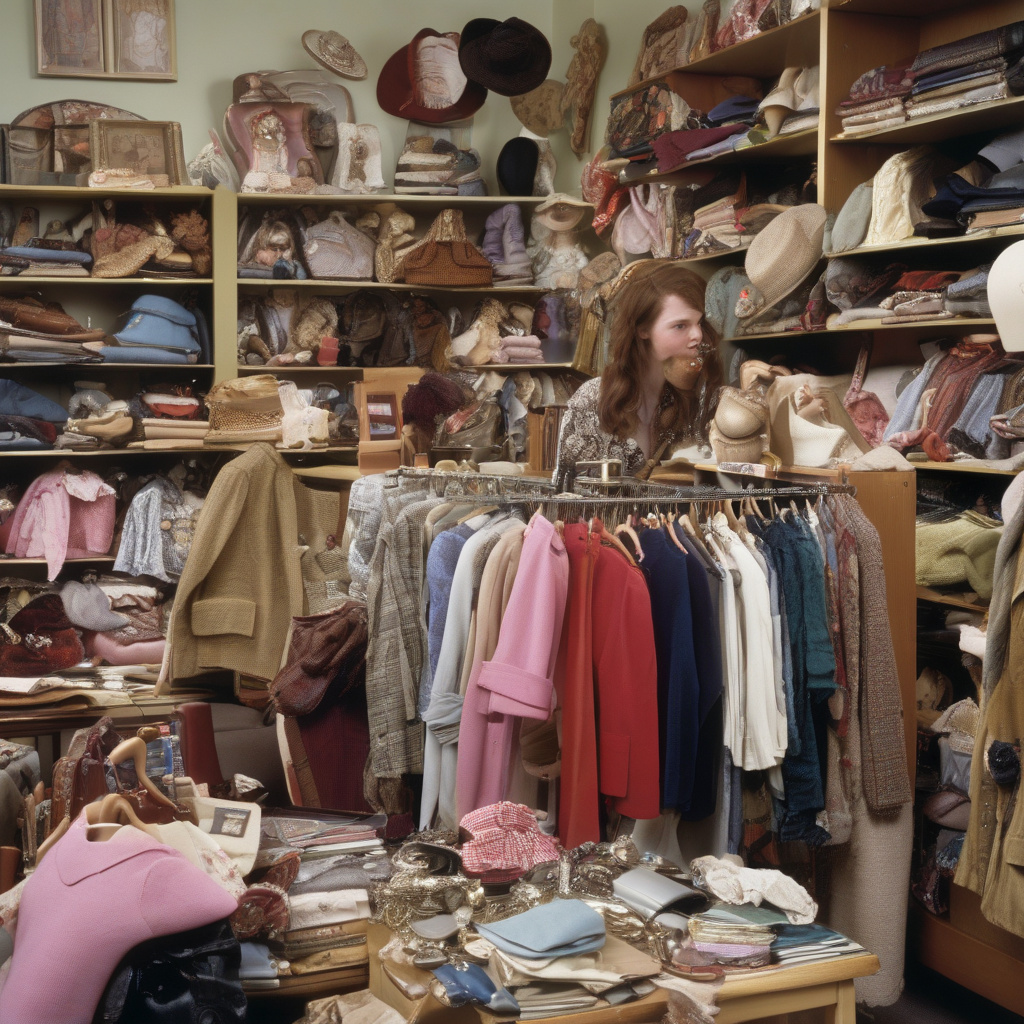UK Second-Hand Shopping Set to Exceed $6 Billion This Year
The UK retail landscape is undergoing a significant transformation, with second-hand shopping emerging as a vital component of consumer spending. According to a recent report supported by Amazon, the online sales of used goods in the country are expected to surpass $6 billion this year. This remarkable trend not only reflects changing consumer preferences but also highlights the growing importance of sustainability in the retail sector.
As economic pressures mount and environmental awareness increases, consumers are increasingly turning to second-hand goods as a viable alternative to new purchases. The allure of snagging a bargain, coupled with the desire to reduce waste, has propelled the second-hand market into the spotlight. The 2023 report reveals that the online sales of used goods are projected to reach an impressive $6.4 billion by 2025, indicating a sustained growth trajectory for this sector.
One of the key factors driving this growth is the rise of online platforms that facilitate second-hand transactions. Websites and apps such as Depop, eBay, and Vinted have made it easier than ever for consumers to buy and sell pre-owned items. These platforms not only provide a vast selection of products but also foster a sense of community among users who share a passion for thrifting and sustainable shopping. For instance, Depop has become particularly popular among younger consumers, with its user-friendly interface and emphasis on unique fashion finds.
Moreover, the COVID-19 pandemic has accelerated the shift toward online shopping, with many consumers becoming accustomed to the convenience of purchasing goods from home. This trend has positively impacted the second-hand market, as buyers have turned to digital platforms to find everything from clothing and accessories to electronics and furniture. The pandemic has created a heightened awareness of the importance of sustainability, with consumers increasingly recognizing the environmental benefits of choosing second-hand items over new ones.
In addition to the convenience and sustainability factors, the economic climate in the UK has played a significant role in the growth of second-hand shopping. With rising living costs and inflation impacting household budgets, many consumers are seeking ways to save money. Second-hand shopping allows individuals to access quality products at a fraction of the cost of new items. This trend is particularly evident in the fashion industry, where consumers are increasingly opting for pre-owned clothing as a cost-effective alternative to fast fashion.
The report also highlights the increasing acceptance of second-hand goods among consumers of all ages. While millennials and Gen Z have been at the forefront of this movement, older generations are also embracing the benefits of buying used items. This shift in perception is crucial, as it broadens the market for second-hand goods and encourages more people to participate in the circular economy.
Retailers are also recognizing the potential of the second-hand market and are beginning to adapt their strategies accordingly. Major brands are now launching their own buy-back programs, allowing customers to return used items in exchange for store credit or discounts on future purchases. This not only promotes sustainability but also helps retailers attract environmentally-conscious consumers who are keen to support brands that align with their values.
Furthermore, the rise of social media has played a pivotal role in the popularity of second-hand shopping. Influencers and content creators are showcasing their thrift finds and sharing tips on how to shop sustainably, inspiring their followers to explore the world of pre-owned goods. This digital word-of-mouth marketing has proven to be an effective tool in promoting the benefits of second-hand shopping, further driving its growth.
In conclusion, the UK second-hand shopping market is poised to exceed $6 billion this year, driven by a combination of economic factors, changing consumer preferences, and the impact of online platforms. As more individuals prioritize sustainability and seek cost-effective alternatives, the future of second-hand shopping looks promising. With projections indicating that online sales of used goods will reach $6.4 billion by 2025, it is clear that this trend is not just a passing phase but a fundamental shift in the way consumers approach shopping.
As the second-hand market continues to flourish, retailers and consumers alike can look forward to a more sustainable and financially savvy retail landscape.
sustainability, secondhandshopping, retailtrends, UKretail, onlinebusiness
